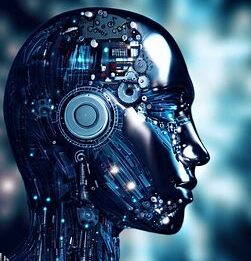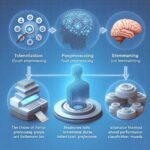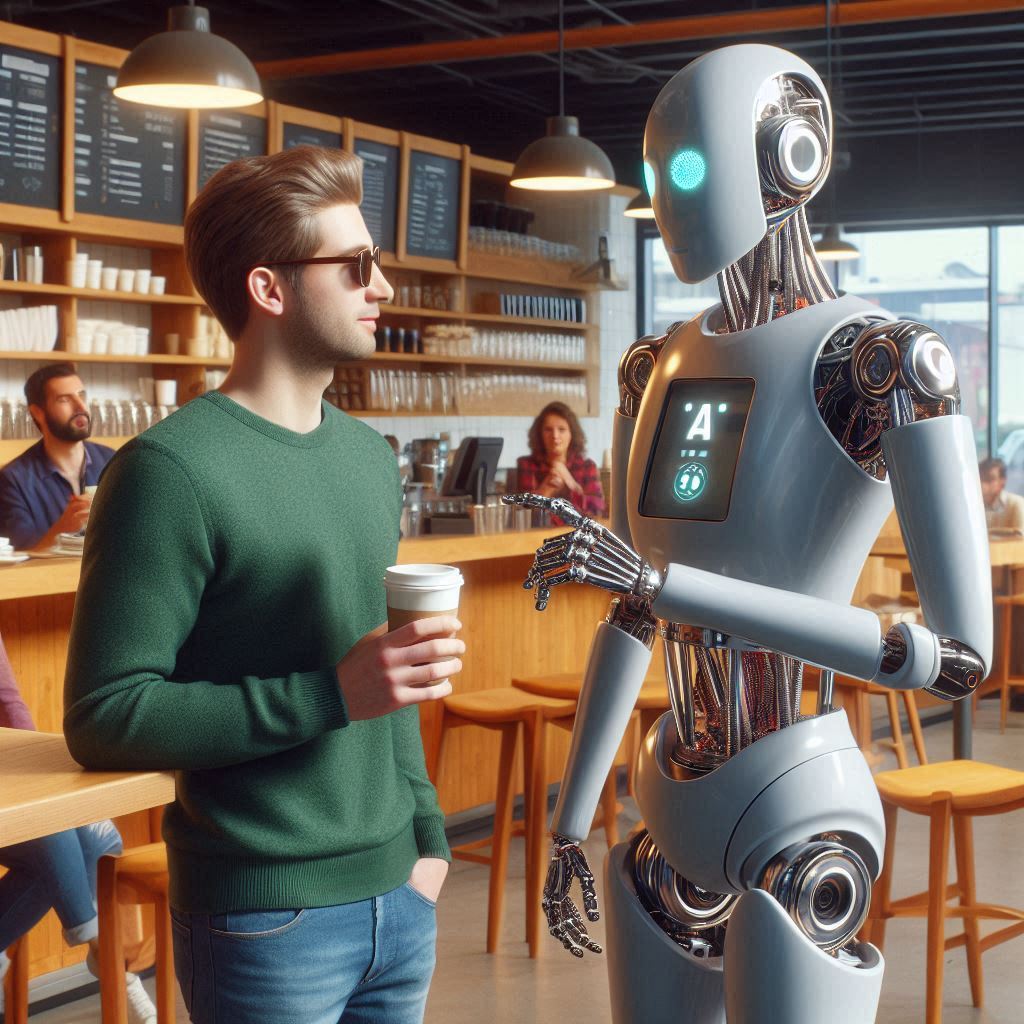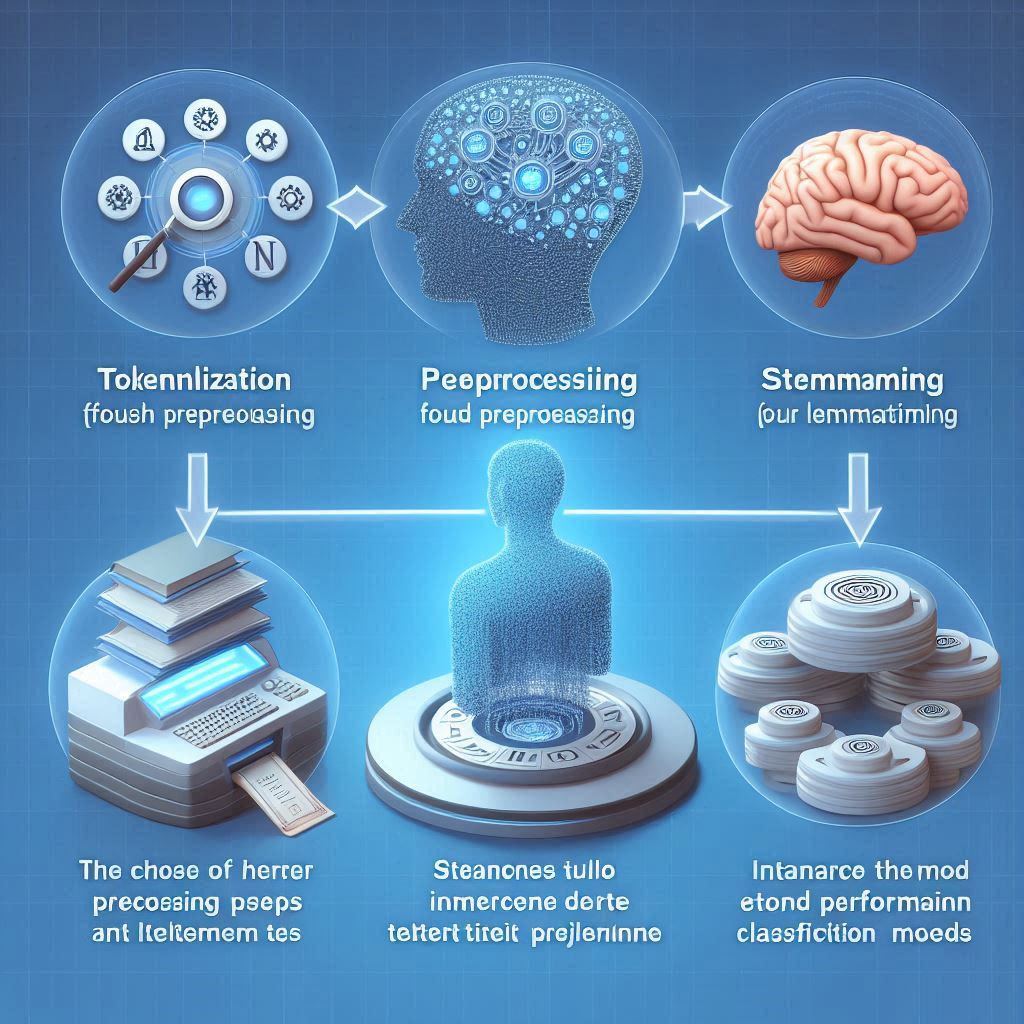Introduction
Artificial Intelligence (AI) is a rapidly growing field of computer science that has far-reaching implications in almost every aspect of our lives. At the heart of this technology is the concept of unsupervised learning, a form of machine learning that allows machines to learn from data without the need for labels or supervision. Unsupervised learning is a powerful tool for AI, allowing machines to learn from data in ways that humans cannot. In this article, we will discuss the basics of unsupervised learning, its advantages and disadvantages, the types of unsupervised learning, and its applications in the field of AI. We will also explore the challenges and trends associated with unsupervised learning and discuss the future of this powerful technology.
What is Unsupervised Learning?
Unsupervised learning is a type of machine learning algorithm that is used to identify patterns and relationships in data without the use of labels or supervision. It is based on the idea that machines can learn from data without any prior knowledge or instruction. Unsupervised learning algorithms are used to detect patterns in data, such as clustering data points into groups and identifying relationships between variables. Unsupervised learning is commonly used in AI applications such as natural language processing, computer vision, and robotics.
The Basics of Unsupervised Learning
Unsupervised learning is based on the idea that machines can learn from data without any prior knowledge or instruction. The goal of unsupervised learning is to identify patterns and relationships in data without the need for labels or supervision. Unsupervised learning algorithms are used to detect patterns in data, such as clustering data points into groups and identifying relationships between variables.
Unsupervised learning algorithms can be divided into two main categories: clustering algorithms and association algorithms. Clustering algorithms group data points into clusters based on their similarities. Association algorithms identify relationships between variables in the data.
Unsupervised learning algorithms can be further divided into two subcategories: supervised algorithms and unsupervised algorithms. Supervised algorithms use labeled data to learn from, while unsupervised algorithms use unlabeled data to learn from.
How Unsupervised Learning Works
Unsupervised learning algorithms use the data to identify patterns and relationships without the need for labels or supervision. The algorithms use the data to identify clusters and relationships between variables. The algorithms use a variety of techniques to identify patterns in the data, such as clustering, dimensionality reduction, and feature selection.
Clustering algorithms group data points into clusters based on their similarities. The algorithms use a variety of techniques to identify clusters in the data, such as k-means clustering, hierarchical clustering, and density-based clustering.
Dimensionality reduction algorithms reduce the number of dimensions in the data by identifying and removing redundant or irrelevant features. The algorithms use a variety of techniques to reduce the dimensions in the data, such as principal component analysis and singular value decomposition.
Feature selection algorithms identify the most relevant features in the data by selecting the features that have the most predictive power. The algorithms use a variety of techniques to select the most relevant features in the data, such as forward selection, backward selection, and recursive feature elimination.
Types of Unsupervised Learning
Unsupervised learning algorithms can be divided into two main categories: clustering algorithms and association algorithms. Clustering algorithms group data points into clusters based on their similarities. Association algorithms identify relationships between variables in the data.
Clustering algorithms include k-means clustering, hierarchical clustering, and density-based clustering. K-means clustering is an iterative algorithm that groups data points into clusters based on their similarity. Hierarchical clustering is an algorithm that groups data points into clusters based on their similarity and the distance between the clusters. Density-based clustering is an algorithm that groups data points based on their density.
Association algorithms include Apriori and FP-growth. Apriori is an algorithm that identifies relationships between variables in the data. FP-growth is an algorithm that identifies frequent patterns in the data.
Advantages of Unsupervised Learning
Unsupervised learning has several advantages over supervised learning. First, unsupervised learning algorithms can identify patterns in the data without the need for labels or supervision. This allows the algorithms to learn from unlabeled data, which is often easier to obtain than labeled data. Second, unsupervised learning algorithms can identify relationships between variables in the data, which can be used to make predictions. Third, unsupervised learning algorithms are more efficient than supervised learning algorithms, as they do not require the data to be labeled.
Disadvantages of Unsupervised Learning
Unsupervised learning has several disadvantages. First, unsupervised learning algorithms are not as accurate as supervised learning algorithms, as they do not use labels or supervision to learn from the data. Second, unsupervised learning algorithms can be difficult to interpret, as they do not provide labels or supervision. Finally, unsupervised learning algorithms can be computationally expensive, as they require more data to learn from.
Applications of Unsupervised Learning
Unsupervised learning algorithms have a wide range of applications in the field of AI. Unsupervised learning algorithms are commonly used in natural language processing, computer vision, and robotics.
In natural language processing, unsupervised learning algorithms are used to identify patterns in text. For example, unsupervised learning algorithms can be used to identify topics in text, such as clustering words into topics or identifying relationships between words. Unsupervised learning algorithms can also be used to generate text, such as generating text based on the structure of existing text.
In computer vision, unsupervised learning algorithms are used to identify patterns in images. For example, unsupervised learning algorithms can be used to identify objects in images, such as clustering pixels into objects or identifying relationships between objects. Unsupervised learning algorithms can also be used to generate images, such as generating images based on the structure of existing images.
In robotics, unsupervised learning algorithms are used to identify patterns in sensor data. For example, unsupervised learning algorithms can be used to identify objects in sensor data, such as clustering sensor readings into objects or identifying relationships between objects. Unsupervised learning algorithms can also be used to generate sensor data, such as generating sensor readings based on the structure of existing sensor data.
Challenges for Unsupervised Learning
Unsupervised learning algorithms face several challenges. First, unsupervised learning algorithms are not as accurate as supervised learning algorithms, as they do not use labels or supervision to learn from the data. Second, unsupervised learning algorithms can be difficult to interpret, as they do not provide labels or supervision. Finally, unsupervised learning algorithms can be computationally expensive, as they require more data to learn from.
Trends in Unsupervised Learning
Unsupervised learning is a rapidly growing field of AI. The field is constantly evolving, with new algorithms and techniques being developed. One of the most recent trends in unsupervised learning is the use of deep learning algorithms. Deep learning algorithms are neural networks that are trained on large datasets to identify patterns in data. Deep learning algorithms are more accurate than traditional unsupervised learning algorithms and can be used to identify complex patterns in data.
Unsupervised Learning & AI
Unsupervised learning is a powerful tool for AI. Unsupervised learning algorithms can be used to identify patterns in data, such as clustering data points into groups and identifying relationships between variables. Unsupervised learning algorithms can also be used to generate data, such as generating text or images based on the structure of existing data. Unsupervised learning algorithms are used in a variety of AI applications, such as natural language processing, computer vision, and robotics.
The Future of Unsupervised Learning
The future of unsupervised learning is bright. Unsupervised learning algorithms are becoming increasingly accurate and efficient, and are being used in a variety of AI applications. As unsupervised learning algorithms become more accurate and efficient, they will be used in a wider range of applications, from natural language processing to computer vision to robotics.
Summary of Unsupervised Learning
Unsupervised learning is a form of machine learning that allows machines to learn from data without the need for labels or supervision. Unsupervised learning algorithms are used to identify patterns and relationships in data without the need for labels or supervision. Unsupervised learning algorithms can be divided into two main categories: clustering algorithms and association algorithms. Unsupervised learning algorithms have a wide range of applications in the field of AI, from natural language processing to computer vision to robotics. Unsupervised learning algorithms are becoming increasingly accurate












